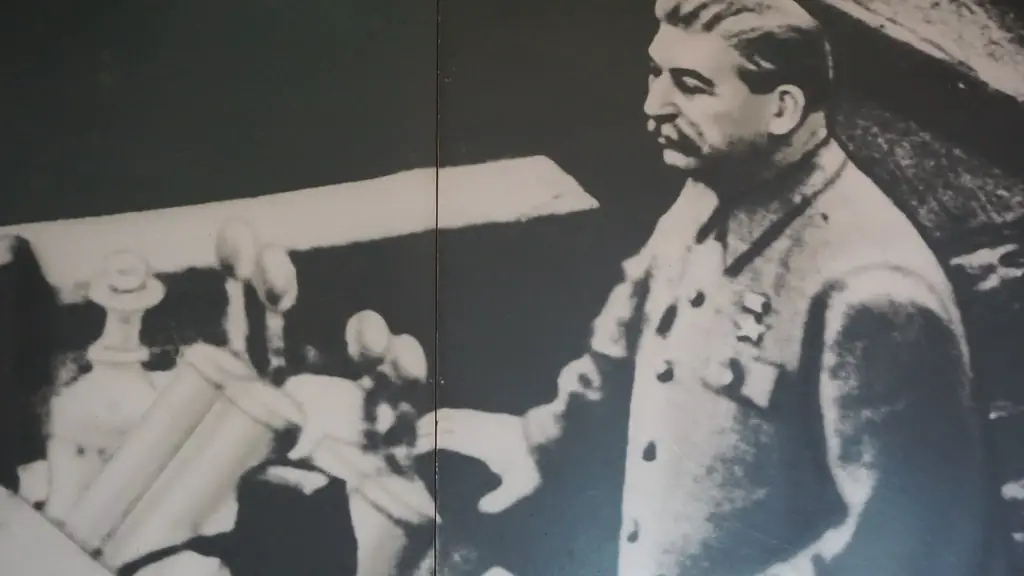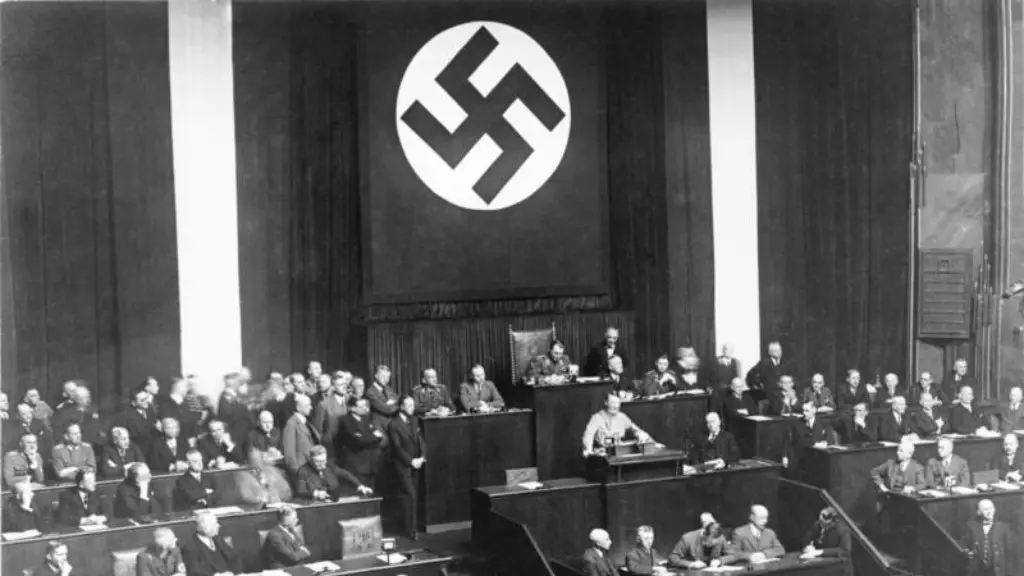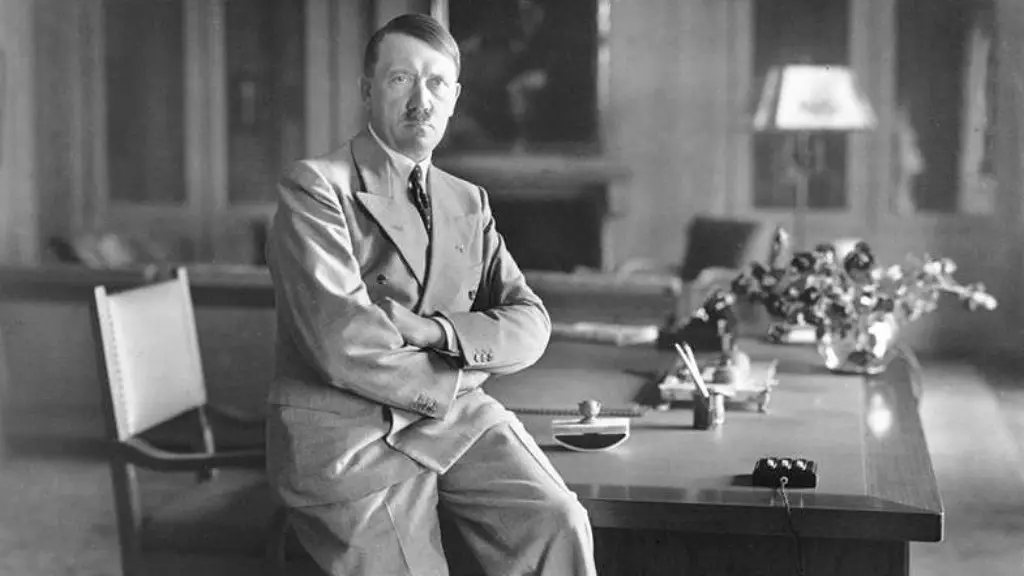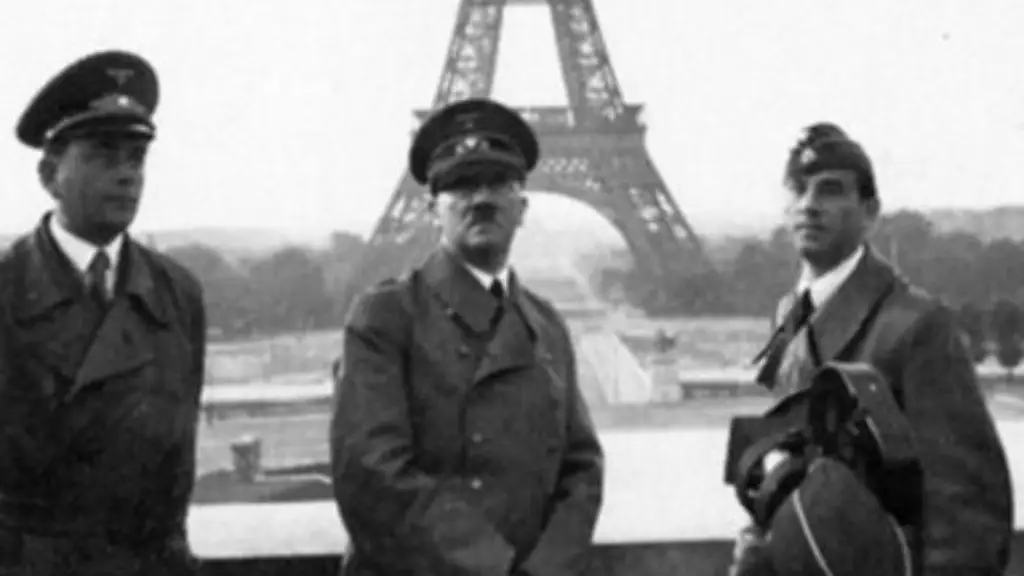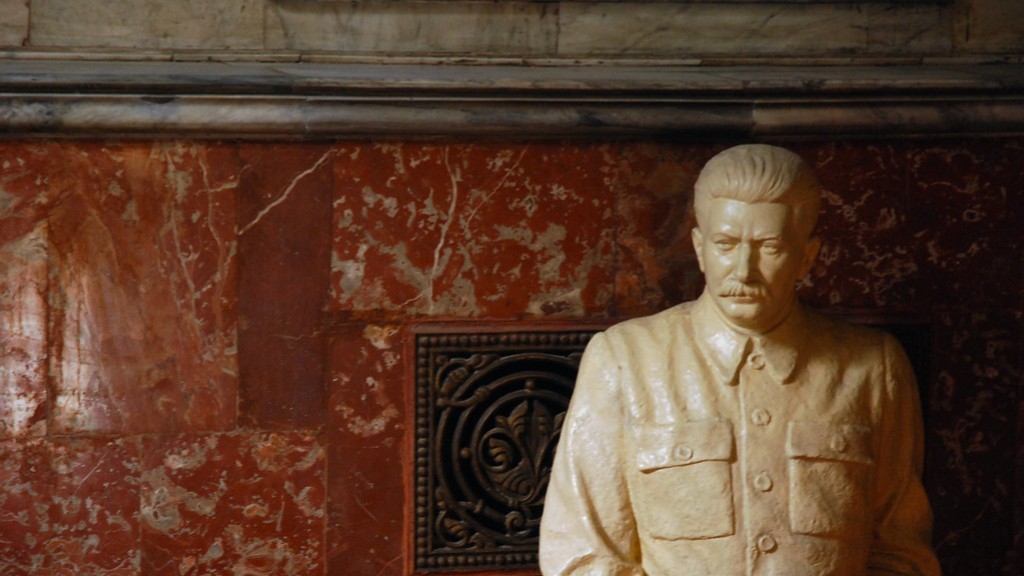Joseph Stalin ruled the Soviet Union from the mid-1920s until his death in 1953. He rose to power after the death of Vladimir Lenin in 1924 and quickly consolidated his power base. Stalin was a ruthless leader who was responsible for the deaths of millions of people. He oversaw the industrialization of the Soviet Union and the collectivization of agriculture, which led to widespread famine. Stalin also engaged in a series of purges in the 1930s in which he had tens of thousands of people executed or sent to labor camps.
Joseph Stalin ruled Russia from the mid-1920s until his death in 1953.
What role did Joseph Stalin play in Russian history?
Stalin was one of the most brutal dictators in history, responsible for the deaths of millions of Soviet citizens. However, he also transformed the Soviet Union from an agrarian peasant society into a global superpower. The cost of his rule was tremendous, but it changed the course of history.
Lenin’s death in 1924 left a power vacuum in the Soviet Union. Stalin, Zinoviev, and Kamenev vied for control of the government. Stalin ultimately won out, and by 1925 he had become the absolute dictator of the Soviet Union.
What was Stalin’s cause of death
Cerebral hemorrhage is a type of stroke that occurs when an artery in the brain bursts and bleeds. This can cause serious damage to the brain and can be fatal. Joseph Stalin, the former leader of the Soviet Union, died from a cerebral hemorrhage in 1953.
Stalin’s industrialization drive aimed to catch up with the West, which the USSR lagged behind economically, and to make the country self-sufficient and secure, militarily and economically. To achieve these goals, the Soviet Union needed a large, disciplined workforce, which could be supplied only by an industrialized economy. Stalin’s solution was to force the pace of industrialization, even if it meant sacrificing consumers’ interests and violating workers’ rights.
The collectivization of agriculture was Stalin’s response to the problem of feeding the rapidly growing urban population and supplying the raw materials needed for industrialization. Stalin decided that the only way to increase food production was to force the peasants to give up their private plots of land and work together on large, state-run farms. The collectivization drive was brutal, and millions of peasants were forced off their land. But the new collective farms did increase food production, though not as much as Stalin had hoped.
Who took over after Stalin died?
After Stalin died in March 1953, Nikita Khrushchev became the new First Secretary of the Central Committee of the Communist Party of the Soviet Union (CPSU). Georgy Malenkov became the new Premier of the Soviet Union.
The failed August 1991 coup against Soviet leader Mikhail Gorbachev was a pivotal moment in the collapse of the Soviet Union. The coup, which was planned by hard-line Communists, weakened Gorbachev’s power and boosted the popularity of Russian president Boris Yeltsin and other democratic leaders. The failed coup ultimately led to the dissolution of the Soviet Union later that year.
What countries were under USSR?
The Soviet Union was a country that was divided into many different republics. Each republic had its own government and its own laws. The Soviet Union was founded in 1917 and lasted until 1991. It was a communist country and the first ever to exist. The Soviet Union was one of the most powerful and influential countries in the world. It had a large army and a strong economy. The Soviet Union was a major player in world events and had a major impact on the course of history.
It’s unclear what Stalin’s last words were, as different accounts claim different things. However, what is clear is that Stalin was in a lot of pain before he died, and his last moments were not pleasant.
The official medical account of Stalin’s death, given to the Communist Party Central Committee in June 1953, reveals that he died from a stroke. However, the account was buried in files for almost the next 50 years until it was unearthed by Mr Naumov and Mr Brent. This suggests that the true cause of Stalin’s death may have been covered up by the Communist Party.
The Soviet Union’s forced collectivization of agriculture as part of the First Five-Year Plan was a major contributing factor to the famine. Forced grain procurement, combined with rapid industrialization and a decreasing agricultural workforce, compounded the problem. Sources disagree on the possible role of drought.
Was Stalin to blame for the Cold War?
Stalin’s mistrust of Western governments, his insincere negotiations at the end of World War II, and his determination to expand Soviet communism into eastern Europe were significant causes of the Cold War. Stalin’s mistrust of the West stemmed from a belief that the capitalist nations were intent on sabotaging the Soviet Union and undoing the achievements of the Bolshevik Revolution. This suspicion was furthered by the fact that the United States and its allies refused to recognize the Soviet Union diplomatically or to provide economic assistance during the 1920s. Stalin’s mistrust of the West was a major contributing factor to the breakdown of relations between the Soviet Union and the United States at the end of World War II.
Stalin’s insincere negotiations at the end of World War II also played a role in the onset of the Cold War. Despite signing a number of agreements with the United States and its allies during the war, Stalin refused to honor these agreements after the war ended. This led to a mistrust of Stalin on the part of the West, and ultimately to the breakdown of relations between the Soviet Union and the West.
Finally, Stalin’s determination to expand Soviet communism into eastern Europe was a major cause of the Cold War. Stalin saw the expansion of communism as a way to
As Lenin’s health began to decline in the early 1920s, he became increasingly critical of Stalin, who was leading other Bolsheviks in unsuccessfully opposing Lenin’s insistence that the state should retain its monopoly on international trade.
What did Stalin want after ww2
As part of his efforts to secure the Soviet Union’s western border, Stalin wanted to ensure that the governments in the countries surrounding the USSR were loyal and friendly. One way to do this was to reorganize Poland under a communist provisional government and hold free elections at a later date. This would create a buffer zone between the USSR and Germany, and make it less likely that Germany would attack the Soviet Union in the future.
At the start of the 1930s, Stalin launched a wave of radical economic policies that completely overhauled the industrial and agricultural face of the Soviet Union. This became known as the Great Turn as Russia turned away from the mixed-economic type New Economic Policy (NEP) and adopted a planned economy. The Great Turn included the collectivization of agriculture, which led to the forced mobilization of millions of peasants into collective farms; and the industrialization of the Soviet Union, which entailed a rapid expansion of heavy industry. These policies transformed the Soviet Union from a largely agrarian society into an industrialized superpower, but they also caused immense hardship and suffering for the Soviet people.
What was the war between the US and Soviet Union called?
The Cold War was an ongoing political rivalry between the United States and the Soviet Union and their respective allies that developed after World War II. This hostility between the two superpowers was first given its name by George Orwell in an article published in 1945.
The post-Soviet states are the 15 sovereign states that were union republics of the Soviet Union. These states emerged and re-emerged from the Soviet Union after its dissolution in 1991. The post-Soviet states are situated in Eastern Europe, Central Asia and the Caucasus. These states include Russia, Ukraine, Belarus, Kazakhstan, Uzbekistan, Turkmenistan, Kyrgyzstan, Tajikistan, Azerbaijan, Georgia, Moldova, Lithuania, Latvia, Estonia and Armenia.
Final Words
Josef Stalin ruled the Soviet Union from 1922 until his death in 1953.
Joseph Stalin ruled Russia from 1922-1953. He was a brutal dictator who was responsible for the deaths of millions of people. However, he was also a brilliant leader who transformed the Soviet Union into a world superpower.
